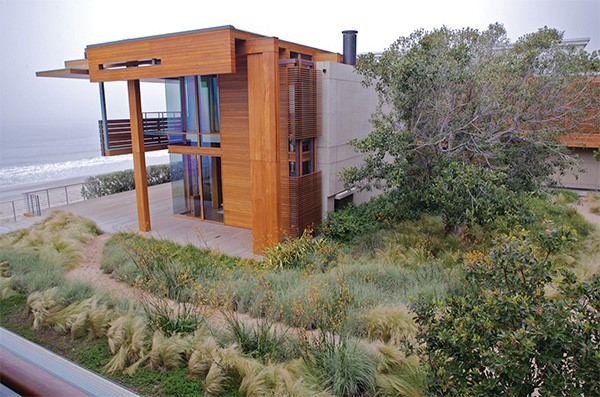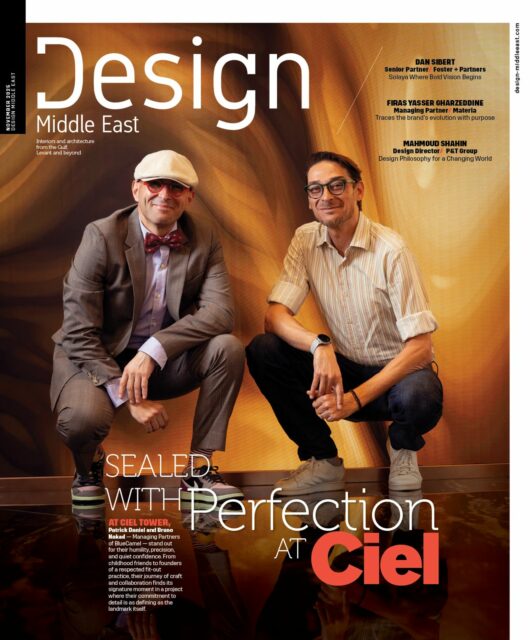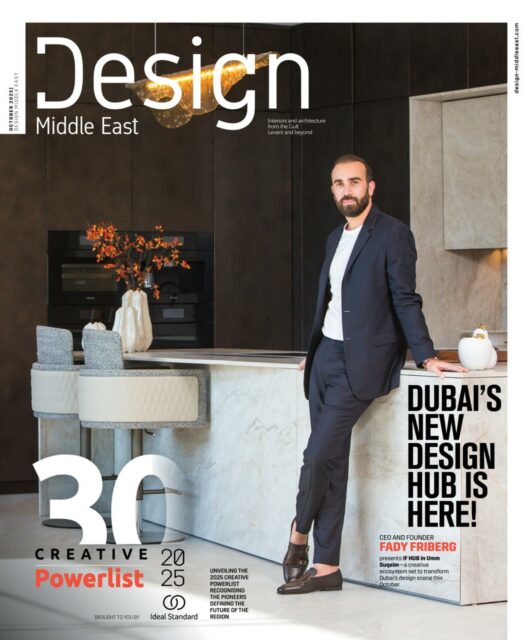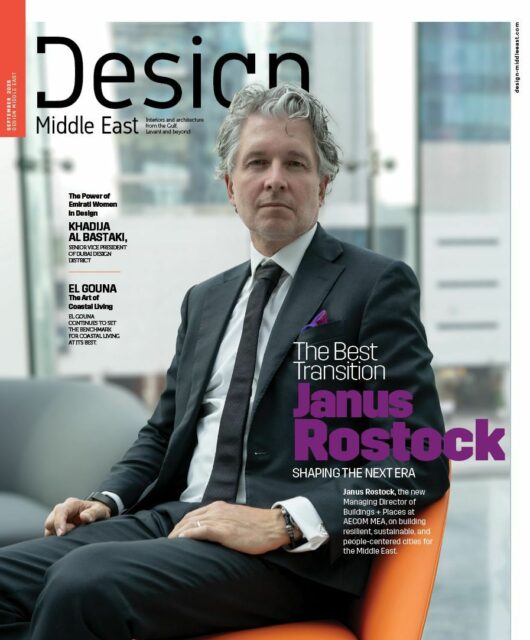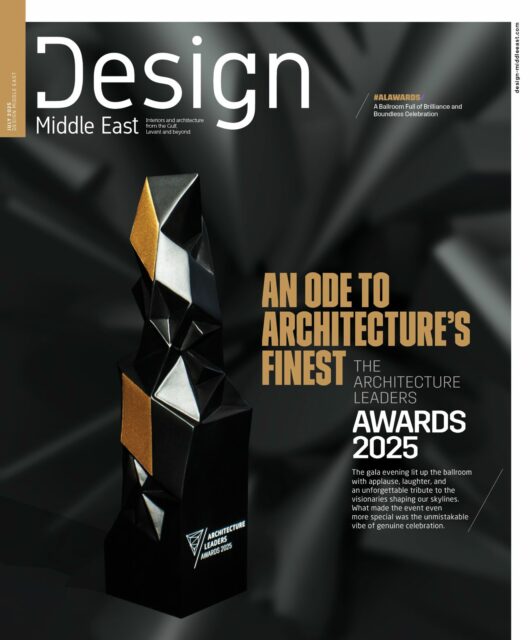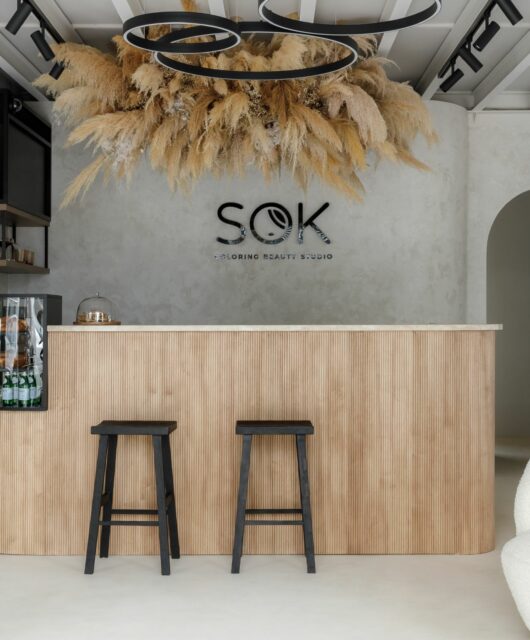Evan Kerr, senior design consultant, Restrata tells how one needs to update the security designs in the ever-changing dynamic environment
Often as security professionals, we can get caught up in addressing the design challenge presented to us, and we don’t consider the growth and change of both security system design, and the broader environment in which it resides. When examining the application of security treatments as part of the design and construction of a new building, or the retrofitting of an existing facility, there is a tendency focus on the problems in front of us, and we may not consider those that may occur down the line.

Future-proofing in security design is not a new concept, as providing a nominal quantity of spare capacity is standard practice for most designers, and commonly requested by end users. This will usually take the form of additional bandwidth and storage capacity, extra ports on a network switch, or similar measures in the application of technology that can be quantified as a percentage of the overall system capacity. The next step is to begin looking at the environment we are designing for as constantly changing and evolving. Drawings are static and the environment is dynamic.
While attempting to plan for future transformations of an existing environment may veer into the realm of crystal ball gazing, we can limit our adaptability planning to what is possible and reasonable. This could take the form of reviewing the masterplan for a developing community, or considering emergent technologies that may provide workarounds for proposed security treatments (e.g. the recent use of recreation aerial drones to bypass perimeter security fences). The most obvious example of a failure to plan for the changing nature of a site is the conflict between an outdoor camera’s field of view, and the tree the landscape designer planted a number of years ago. As the tree grows taller, it gradually blocks more and more of the camera’s field of view. This common scenario is emblematic of the broader issue; how will the security design, being implemented now, adapt to the changes that occur in the surrounding environment in five or 10 years’ time? Regular review and refitting of security measures may be one solution, but with significant ongoing costs attached. Alternatively, as part of the design process, include a review of how the operational, built, and natural environments may change over time, and how a security design can change with them. Consider how an adversary might attempt to bypass the proposed security measures and how this can be countered, or the security system reconfigured to if this scenario occurs.
